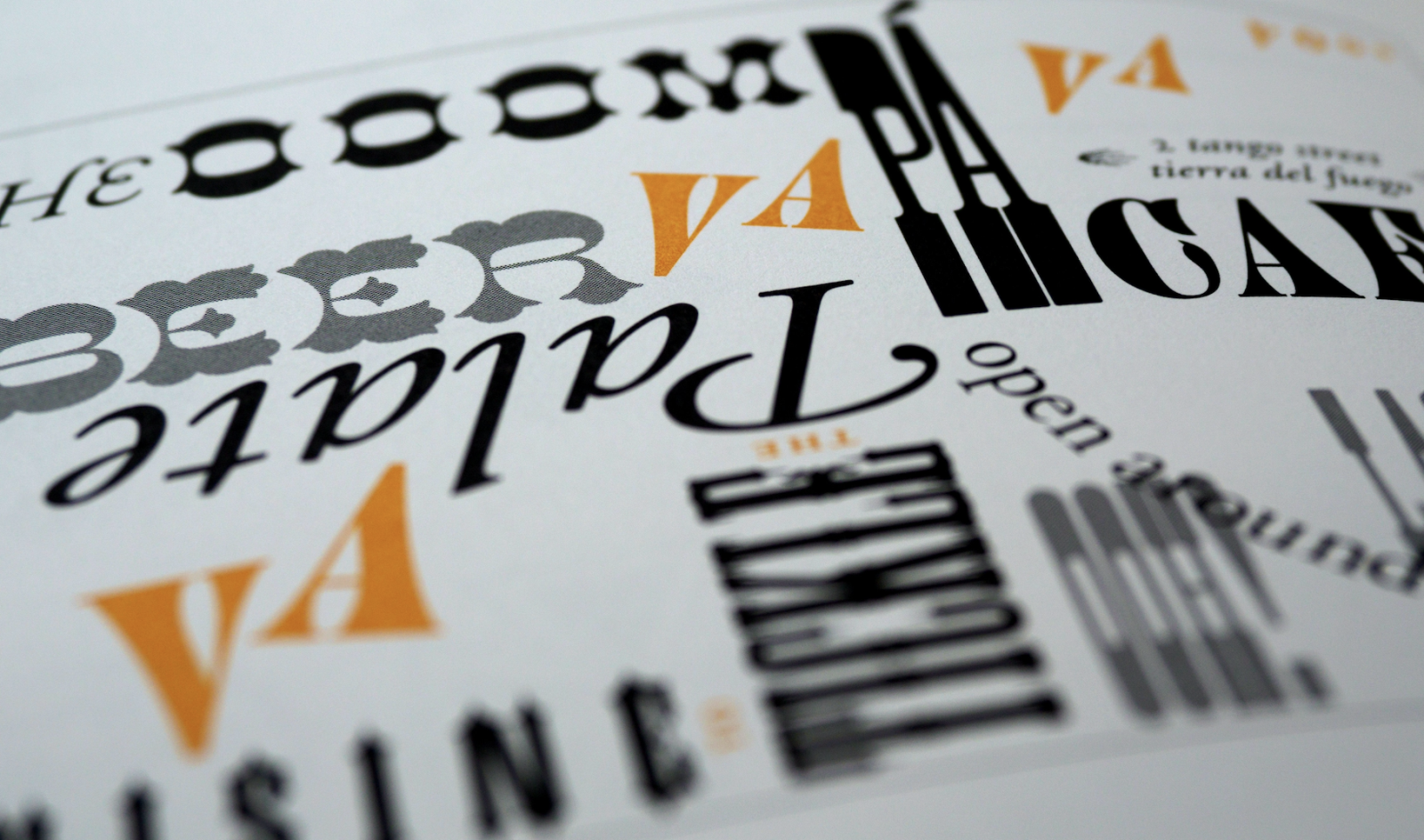It does not have to be painful and here is why...
We already talked about the red flags to changing your document generation solution in our previous blog, but today we want to encourage you to face the long-needed change and show how Maven Documents makes it really easy for you.
When you are ready to embrace the change, the next step is to build a plan to achieve it. As with any other business transformation, changing your document solution requires analysis of the current state and mapping the path to the desired outcome.
So we decided to create a great checklist to help you take the change one step at a time and do it in a smart way.
How can I prepare for the change?
1. First things first, analyze your document generation process.

For every Document Type you have we encourage you to define the following:
-
Where does your document generation start (i.e. from which Salesforce Object) and what event triggers it (e.g. Client’s interest in the product)
-
What are the pre-requisites for a document to be generated (e.g. Lead shall be in a specific status)
-
Do you want users to manually generate documents via a button or do you want to have the process fully automated?
-
What happens when the document is generated (e.g. the document is automatically sent to a receiver, the approval process starts, record fields are updated, etc.)
-
Where do you want to store your documents? (e.g. Salesforce, Cloud, or both?)
-
Which users are accountable for generating the document
-
Do you want to limit template visibility or not
These questions will help you define the requirements for the solution you want, thus making the decision process easier. Instead of just evaluating a tool feature set that you might not even need, you will be focused on the things that are really relevant to the way you do things.
2. Now - DATA.
-
Define where the data comes from
-
Which Salesforce objects and fields hold the data you need
-
-
Evaluate the quality of this data
-
Do you have processes in place to make sure data is filled in
-
-
Check if you have too many custom objects and fields
-
Do you pre-process data in any way just to calculate some values that are needed in the documents but not really needed in Salesforce
-
These steps will ensure you are ready to implement a Salesforce native document generation solution since if the data is in Salesforce, the tool shall be able to easily pick it up. Advanced solutions though will allow you to process data directly in templates saving you some unnecessary custom fields in Salesforce.
3. Let’s have a look at your Templates now

-
Which dynamic elements do you have in your templates
-
Salesforce Fields Values
-
Elements like tables, paragraphs, or QR codes that have to be hidden or shown based on certain criteria
-
Specific output format of the data that might be different from the way it is stored in Salesforce (e.g. Date/Time shall be displayed in a specific format to certain client segments)
-
Other data that is not stored in Salesforce but can be calculated based on what you already have there (e.g. one-off discount, total sum of a products’ subgroup)
-
-
What template design do you have
-
What are your branding colors, fonts, elements?
-
-
Do you want to localize your templates and have them in different languages and show data in a specific format?
Having your templates ready from a design perspective is a huge step forward when choosing and implementing your document generation solution. When choosing the solution, you can already validate if a tool can support your templates. And when implementing the solution, designed templates create a great guideline for your setup users.
How Maven Documents can help you through a transition?

We already helped companies like VodafoneZiggo to transition from a tool that could not keep up with the complexity of their business and was dragging down their sales team productivity. You can learn more about their use case in this Case Study.
So why do we consider Maven Documents a “cool tool”?
-
It is built by Salesforce Architects, which is translated to be scalable, secure, extendable, and high-performing. You can read more on that in our recent blog.
-
We are a team of Salesforce Experts. We have done a lot of Salesforce Implementation projects, thus we can advise you on Salesforce data architecture and how to create a robust process to make the most out of Salesforce and our tool.
-
We make you the expert. Our extensive documentation and video guides help your team to fully own the solution - set up and maintain it in-house. Of course, we are there if any help is needed.
-
Deployments are easy with Maven Documents. Once you set up templates in your sandbox org, you can use our Export/Import feature to easily deploy all your setup work from one Salesforce Instance to another.
So, are you ready for the change? Schedule a call with us and we will help you navigate through a transition painlessly.
For more information and a free trial, visit us on the Salesforce AppExchange.

_11153.png.axd?width=1200&height=600&crop=auto&scale=both&quality=70)